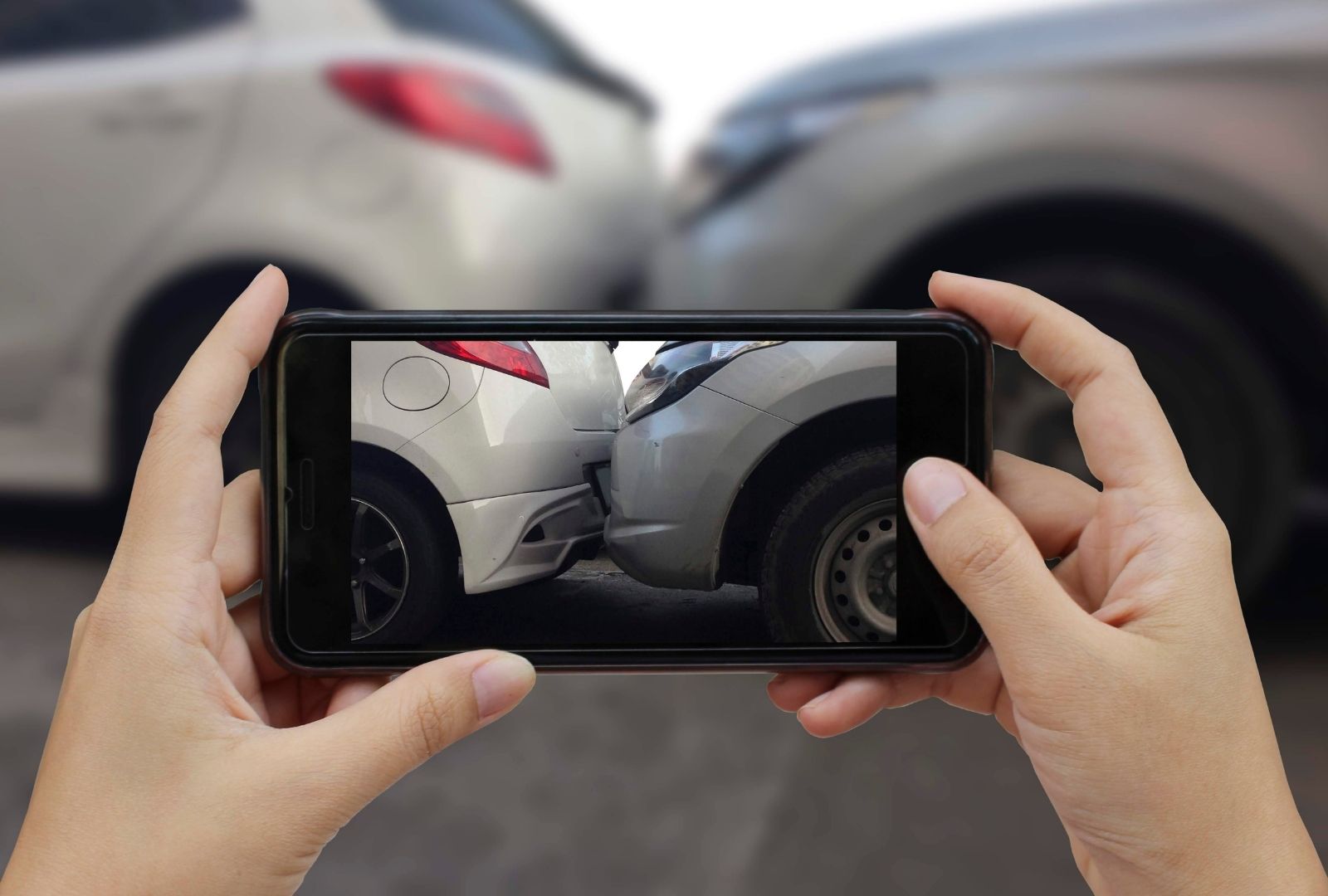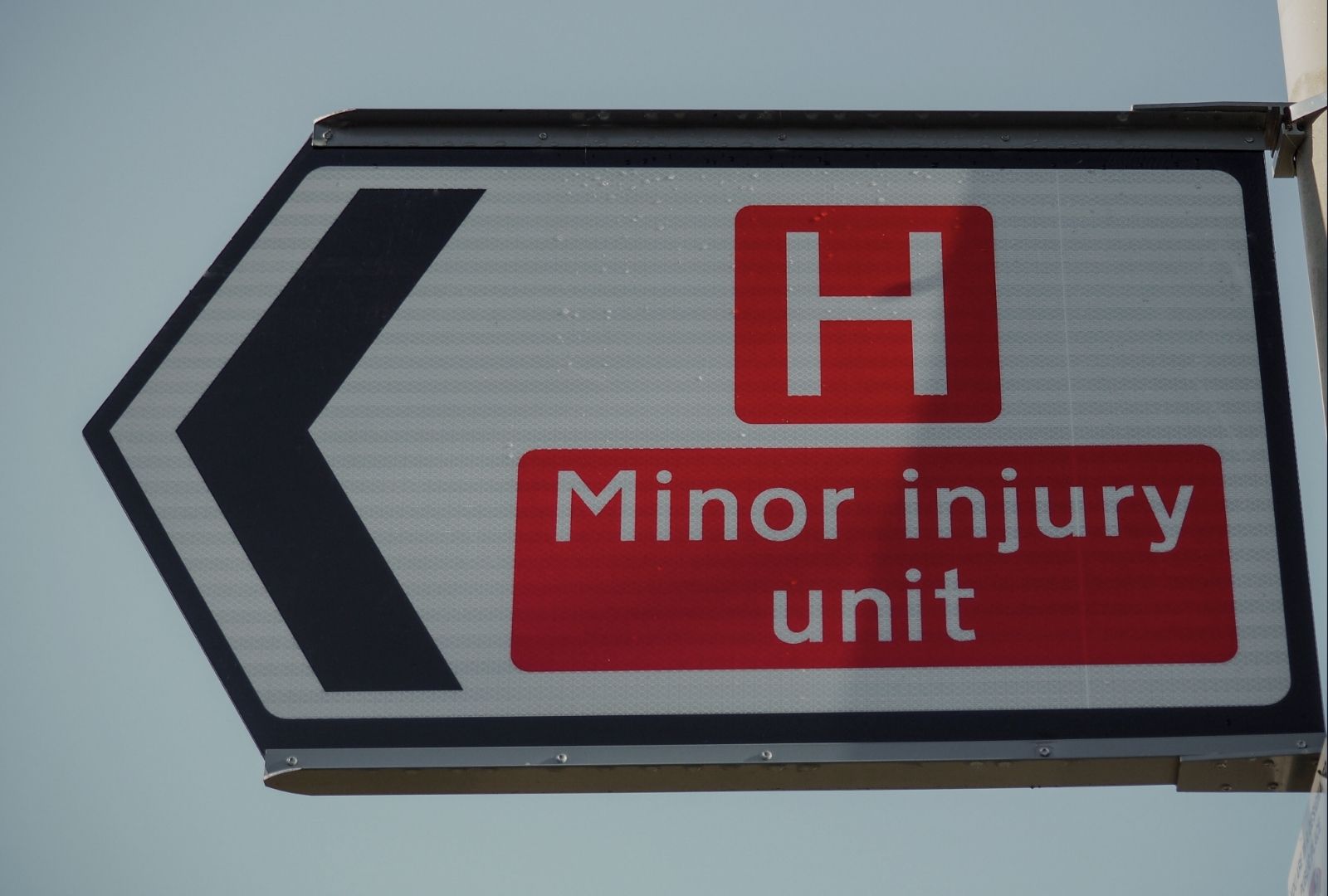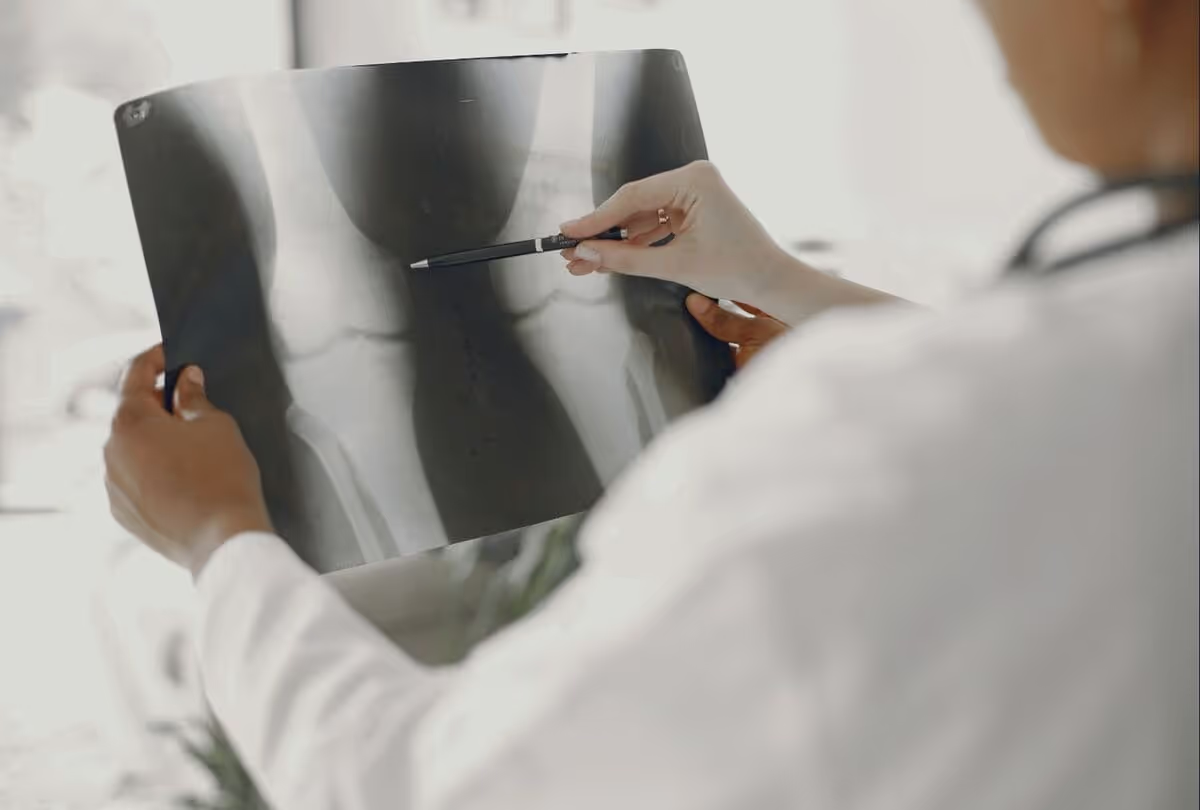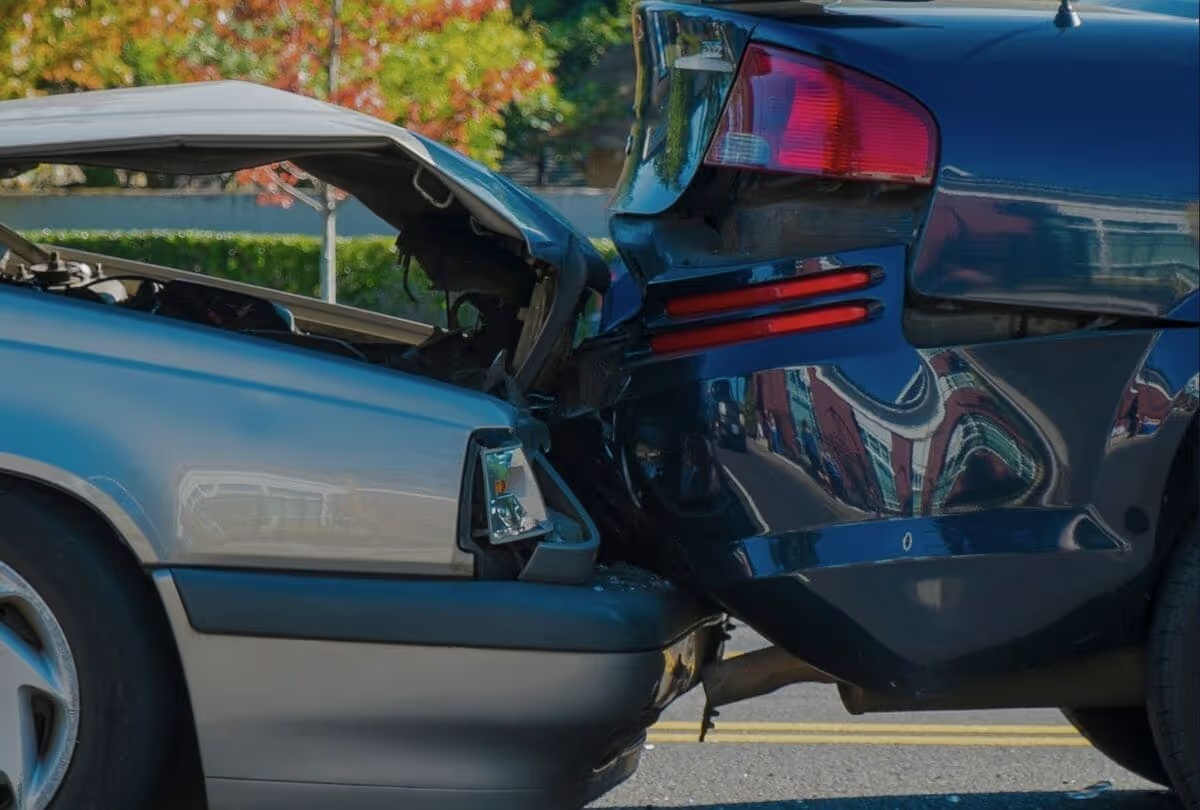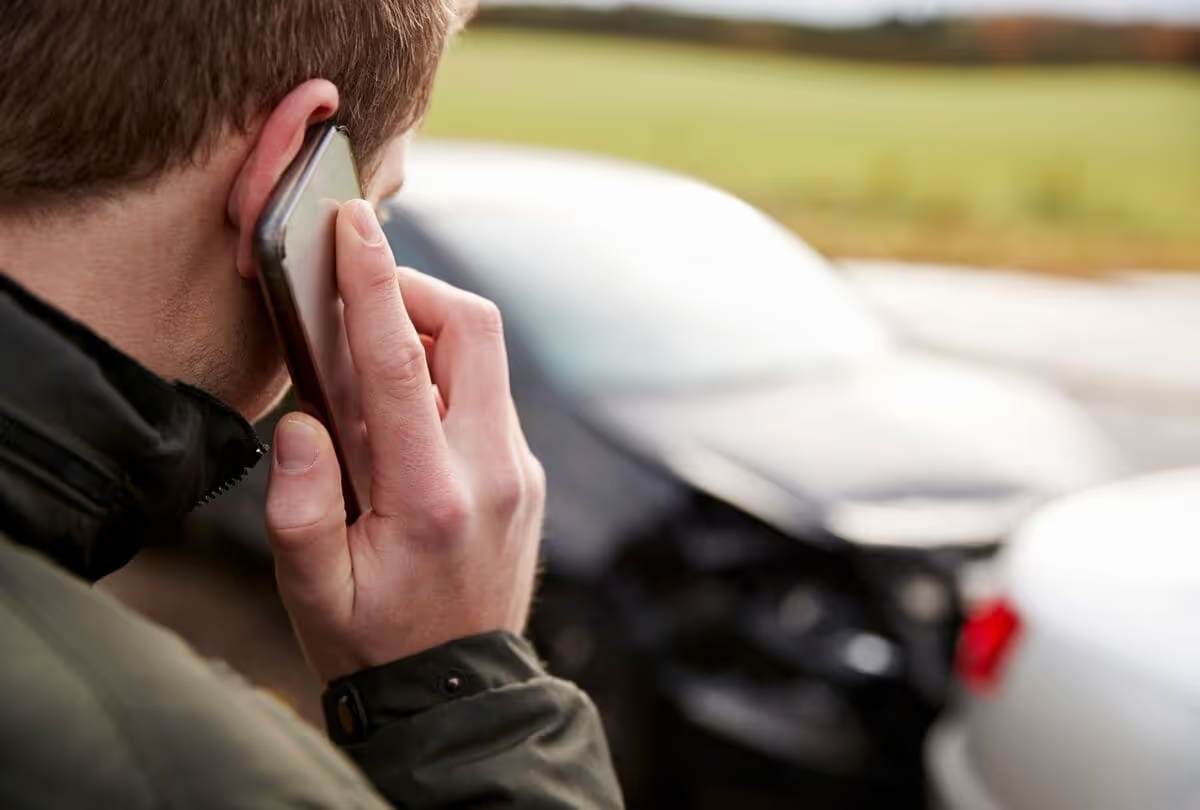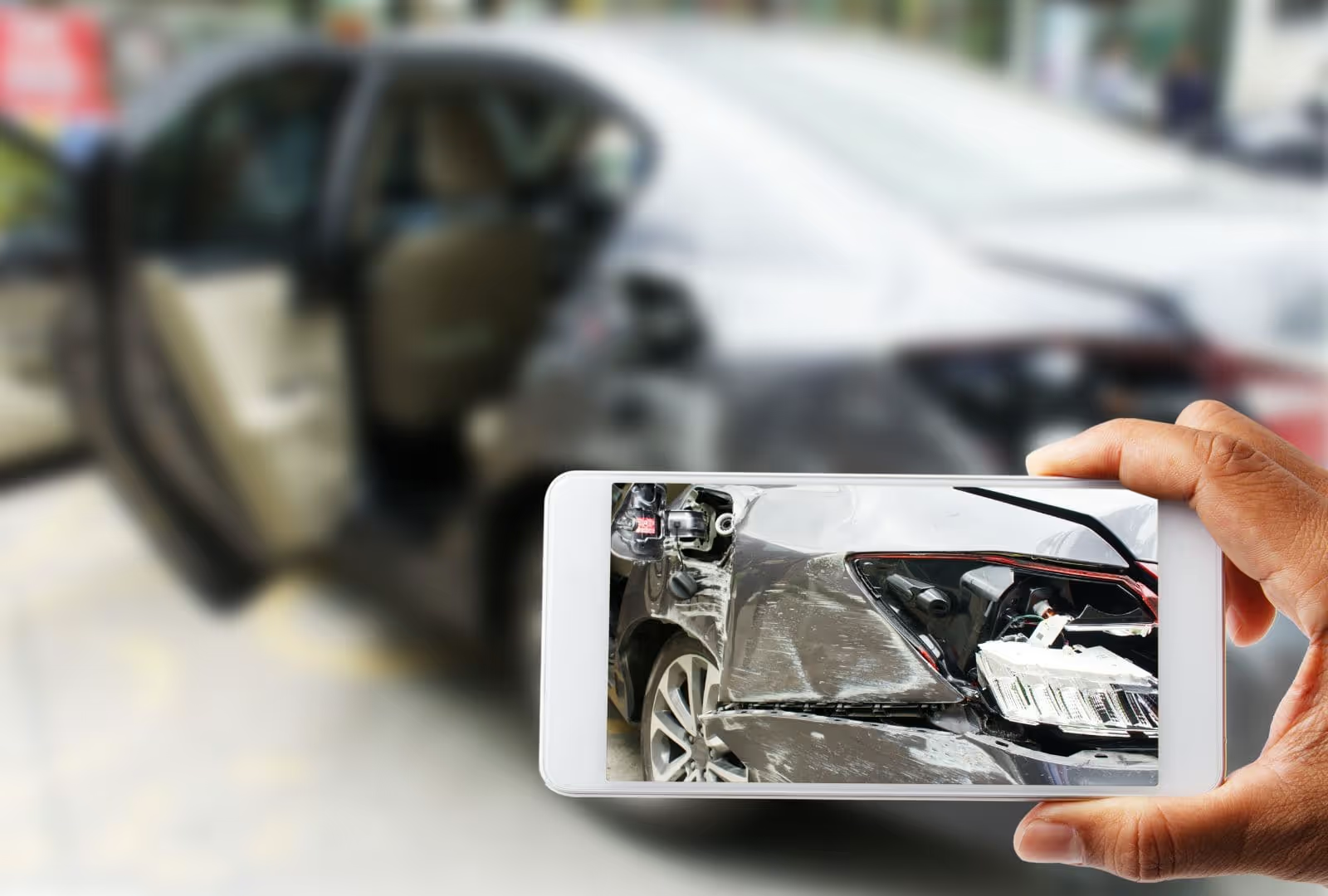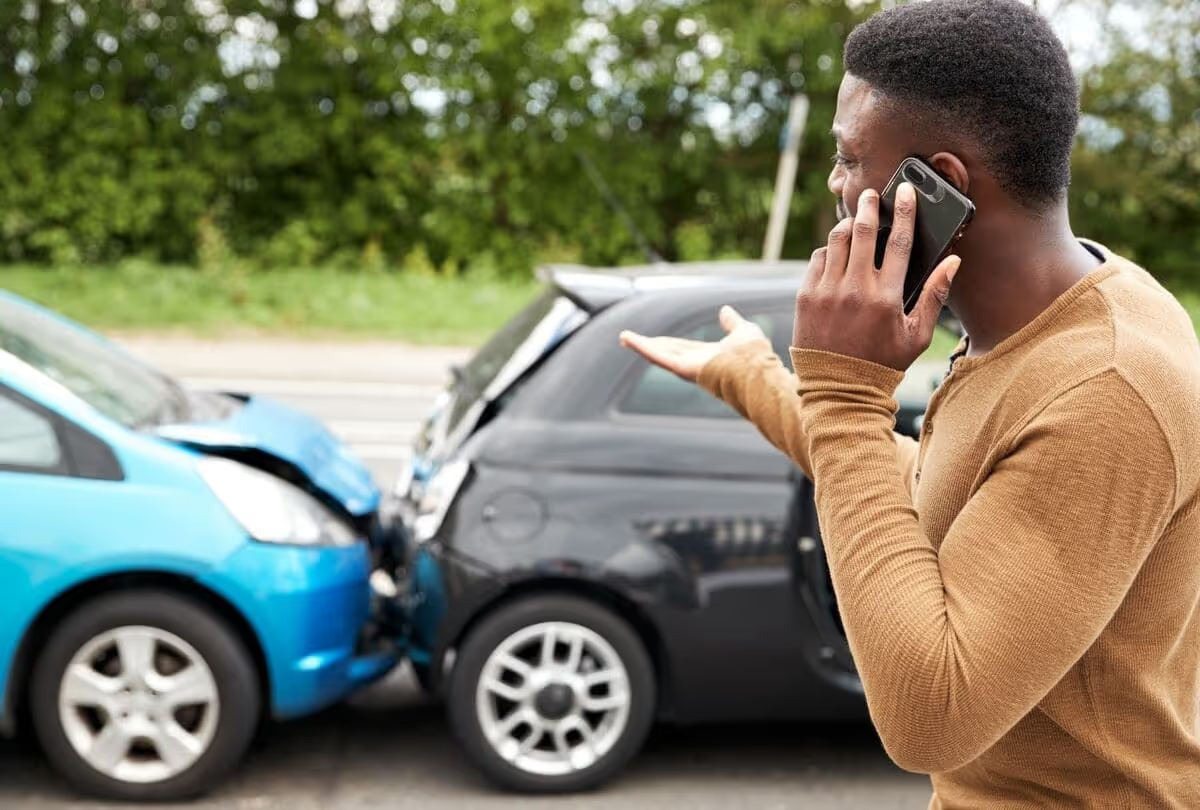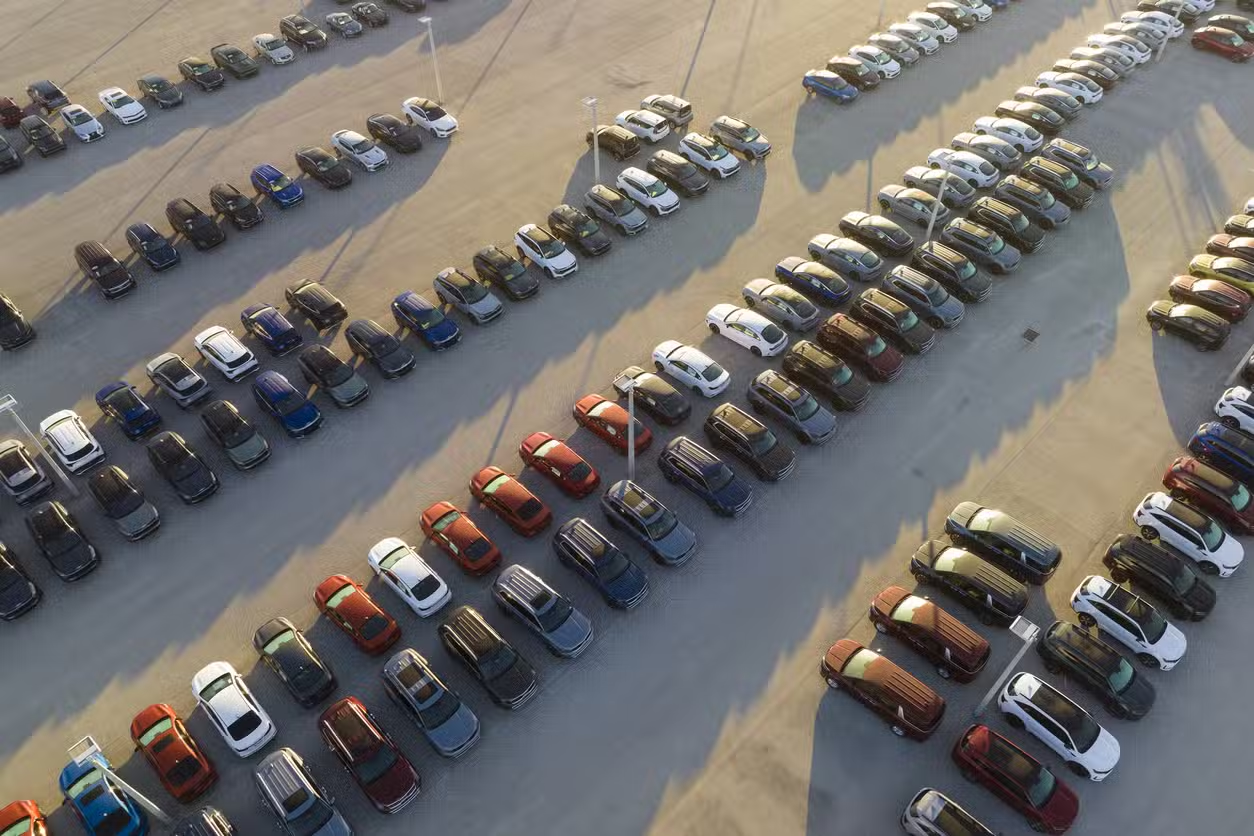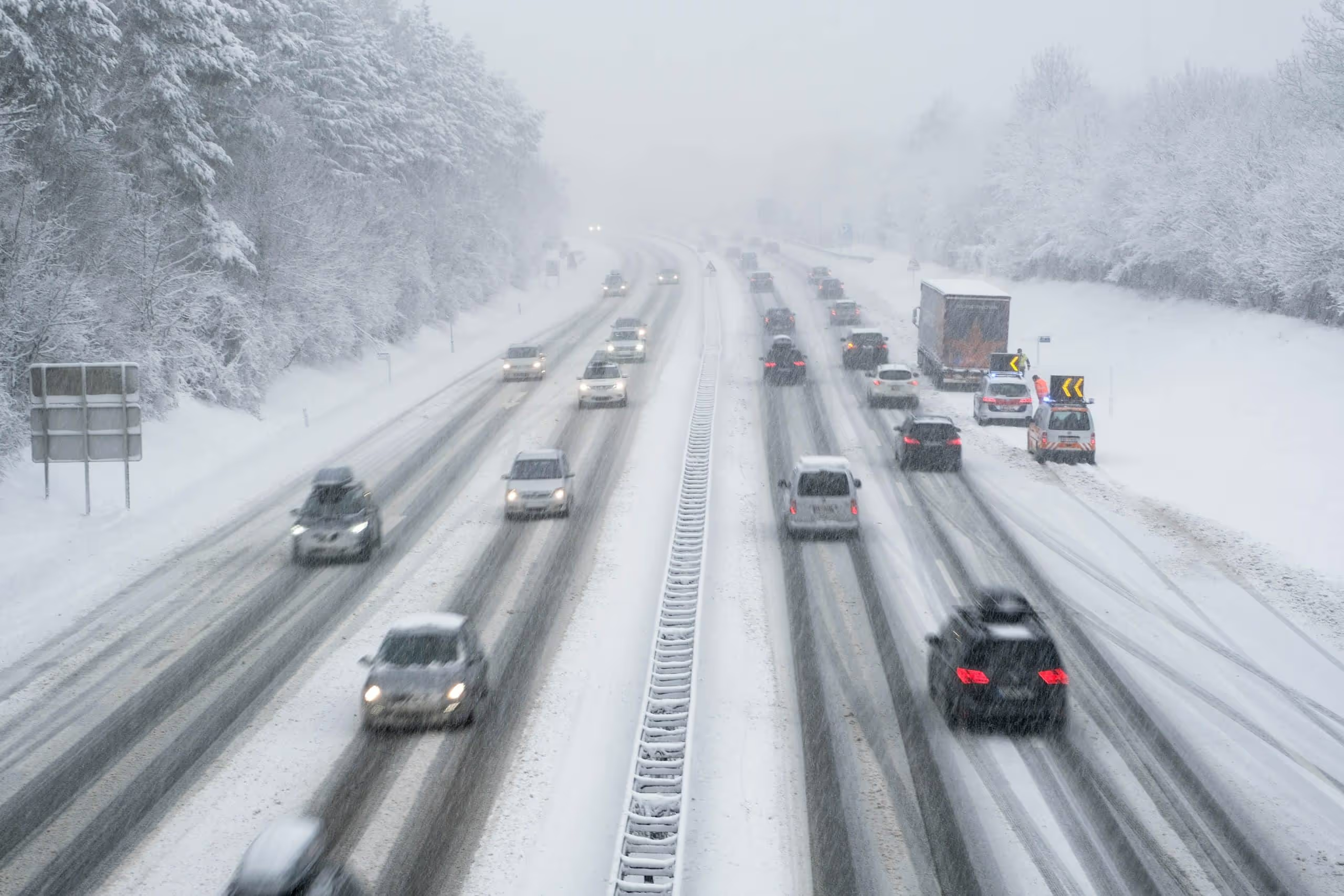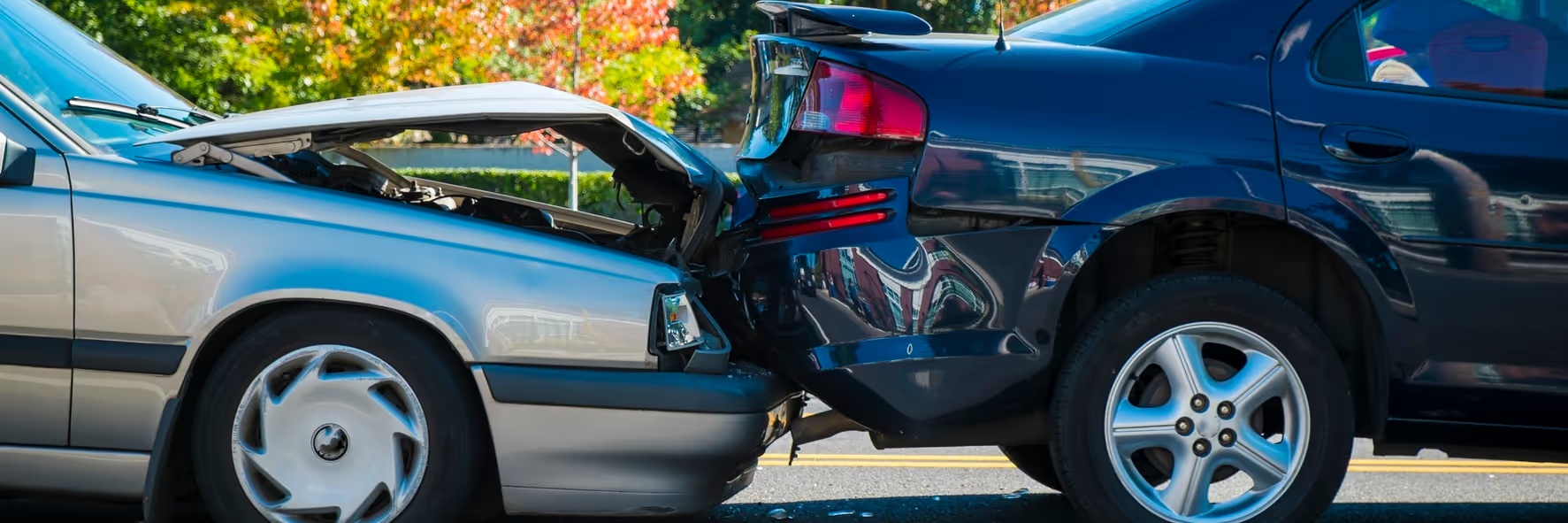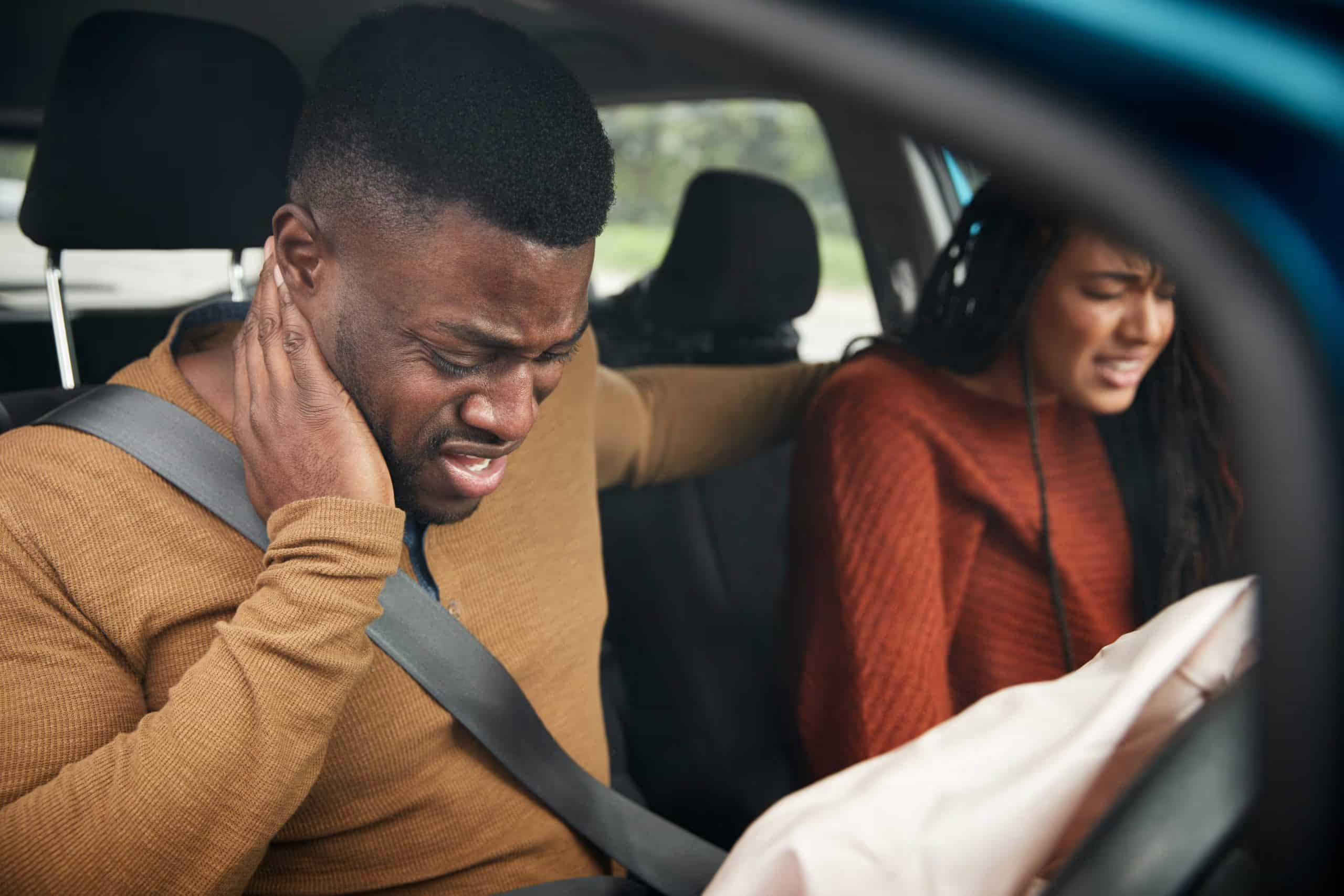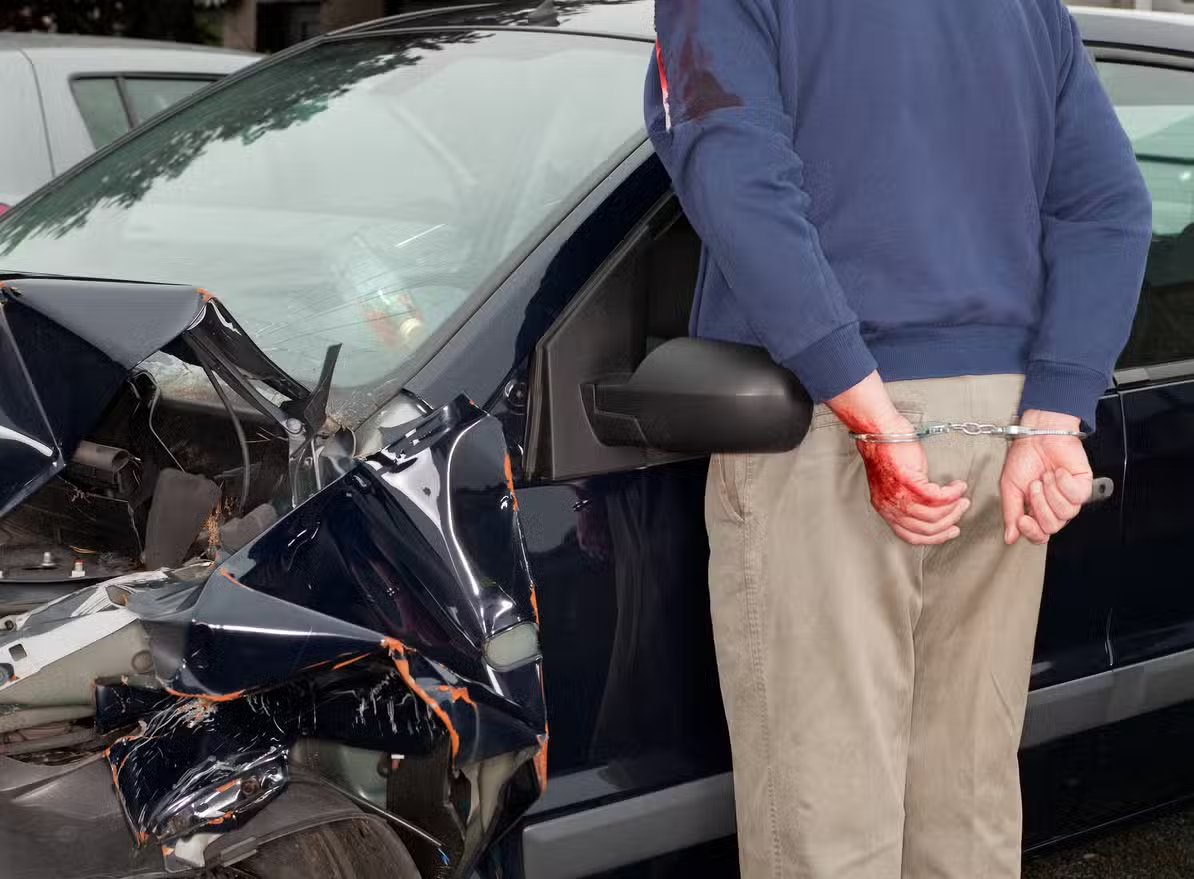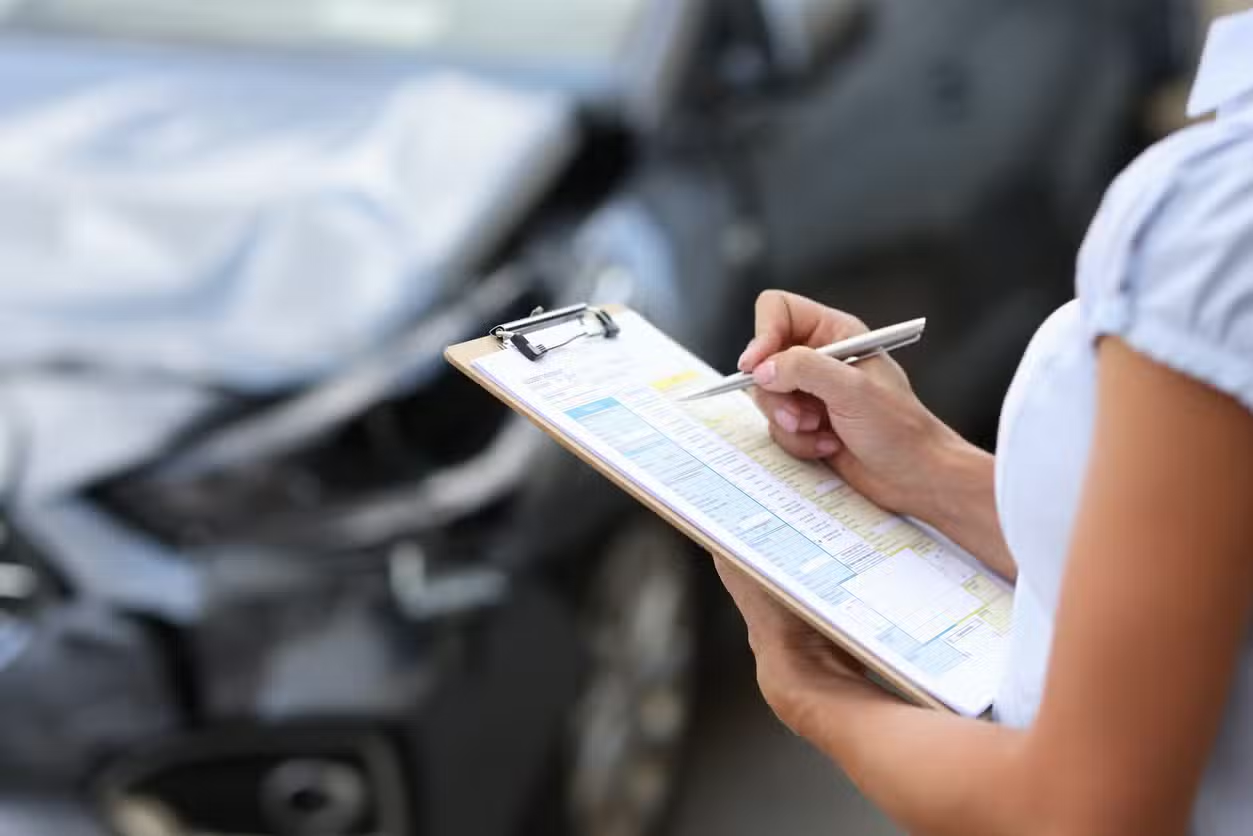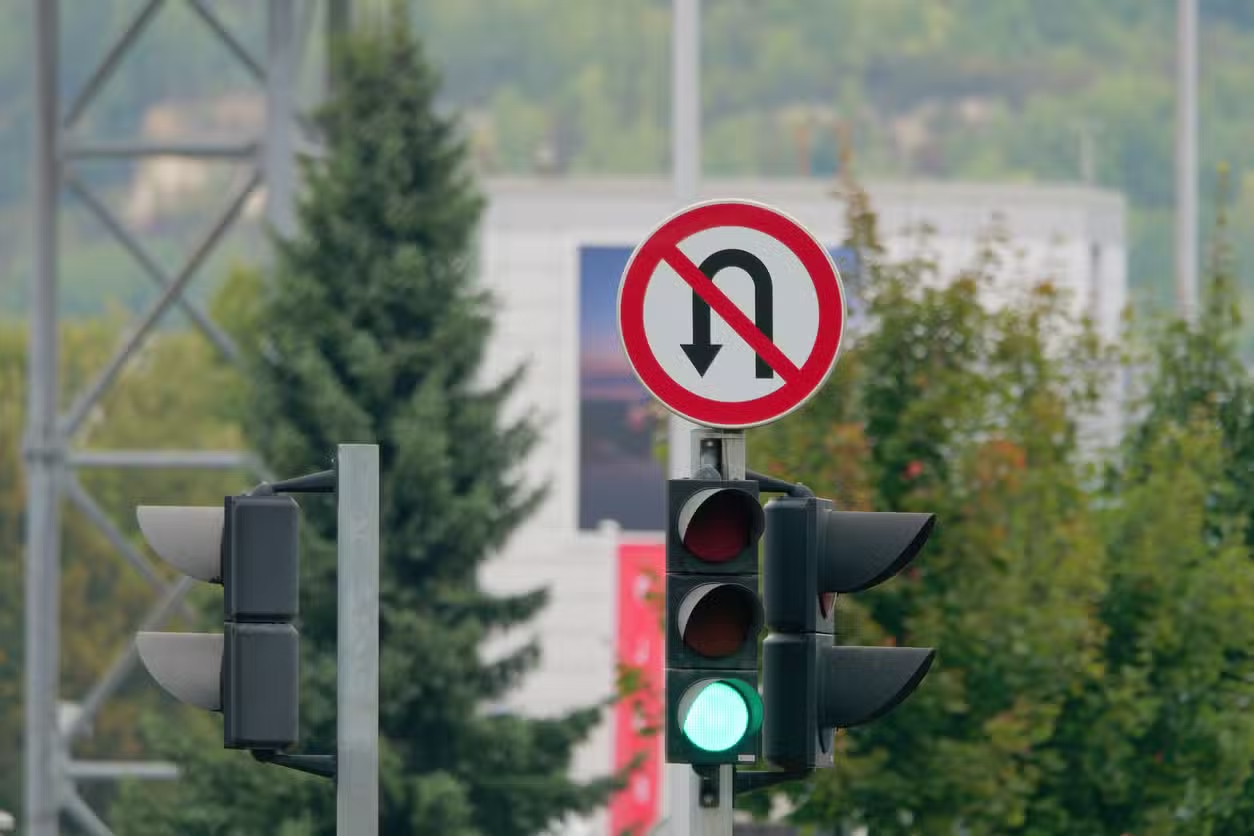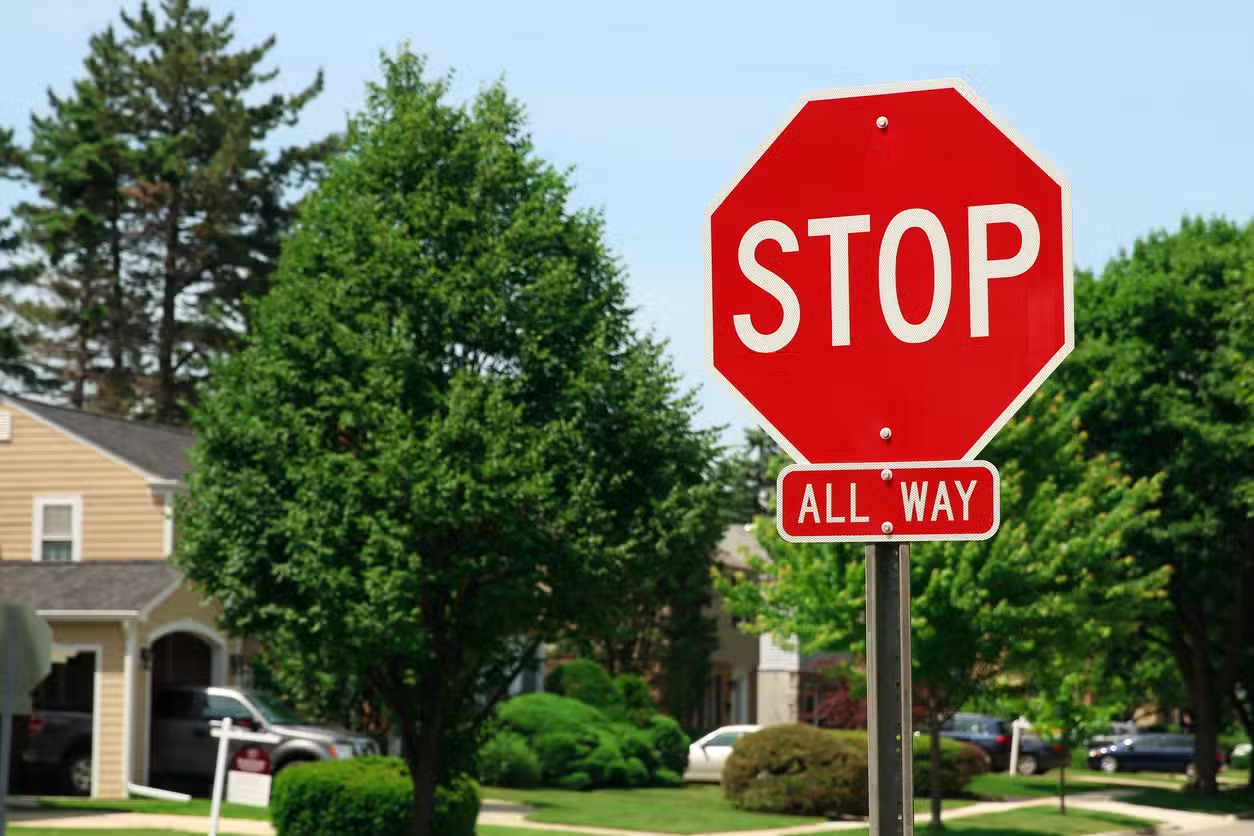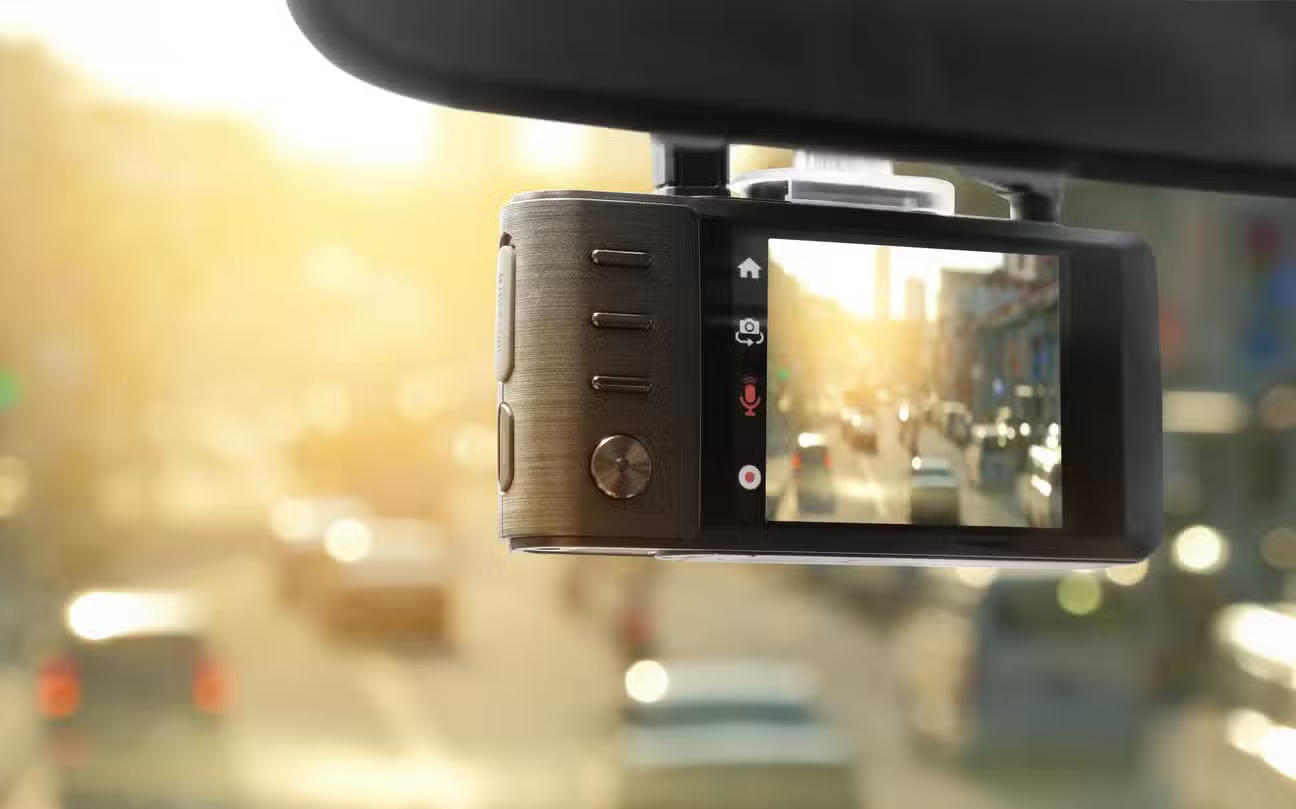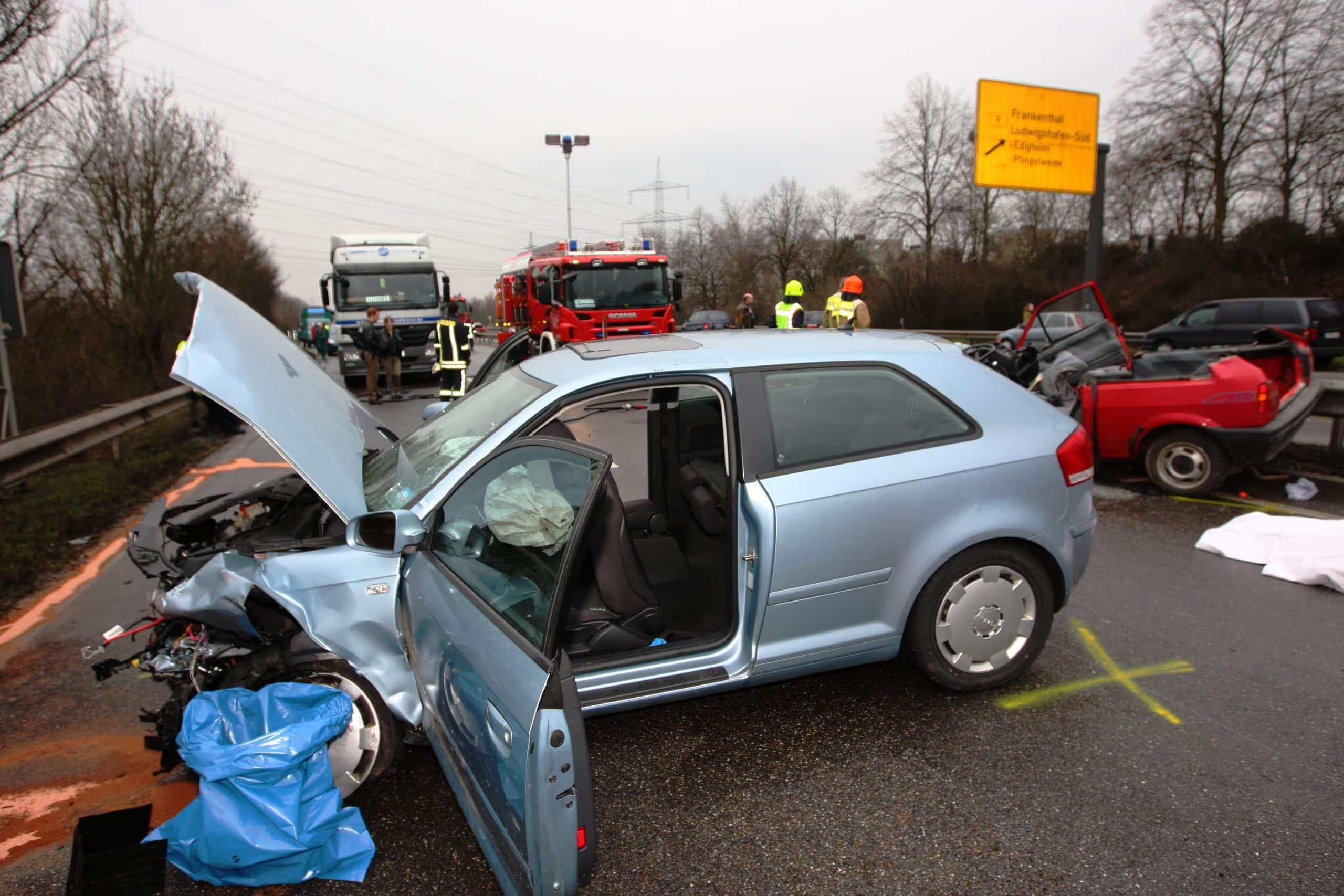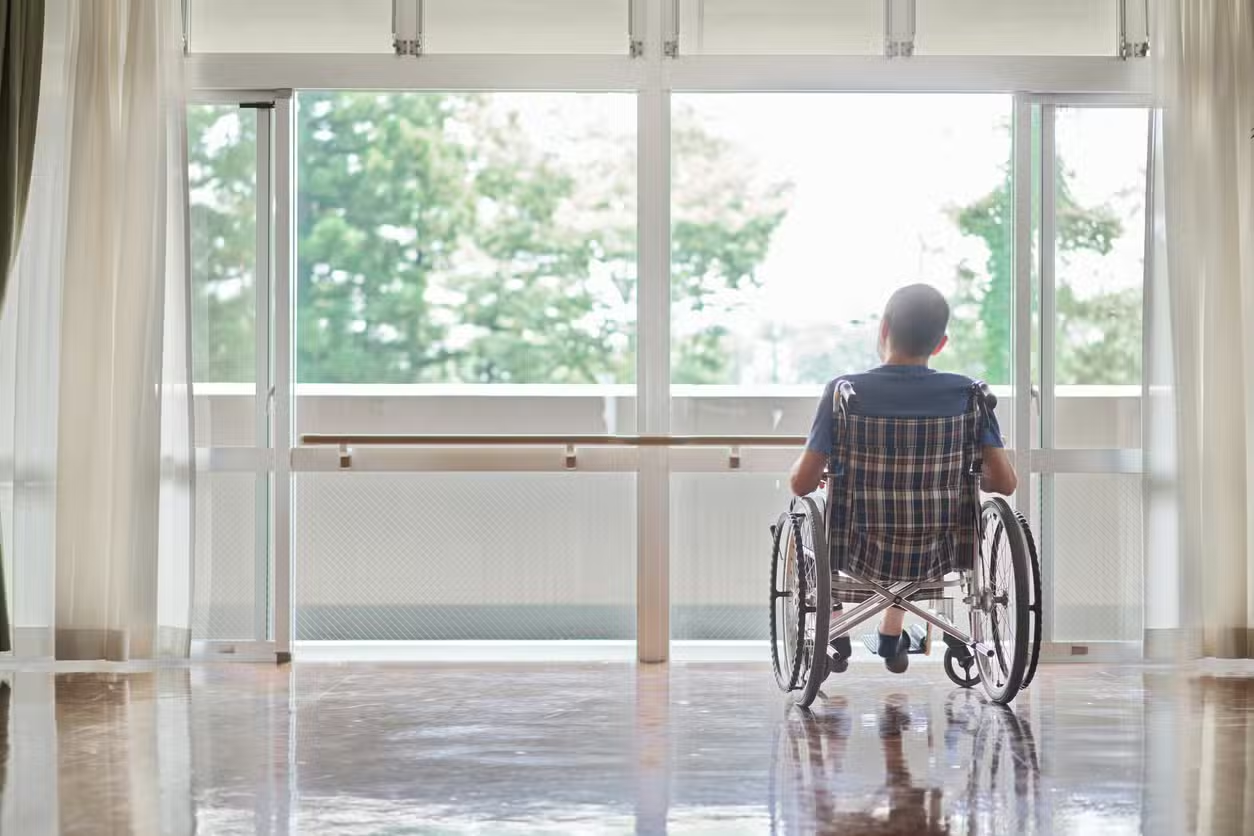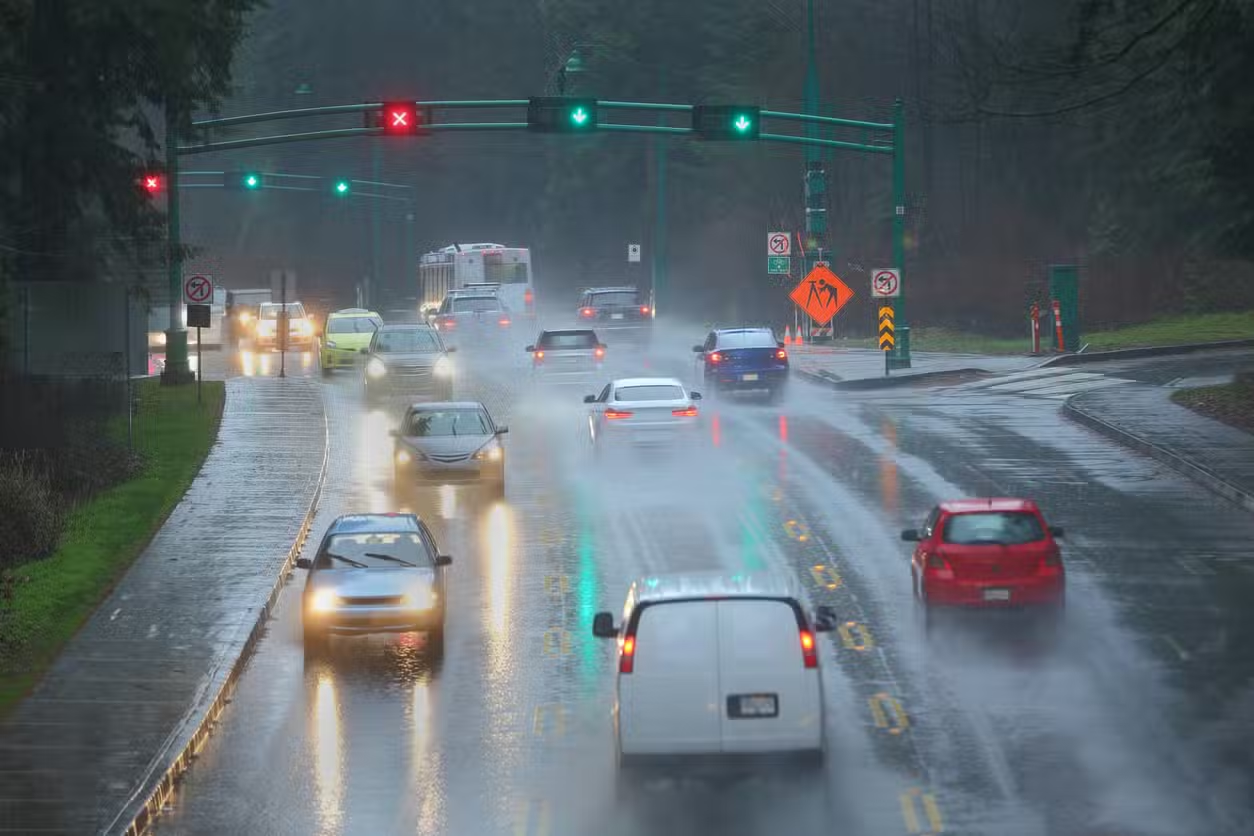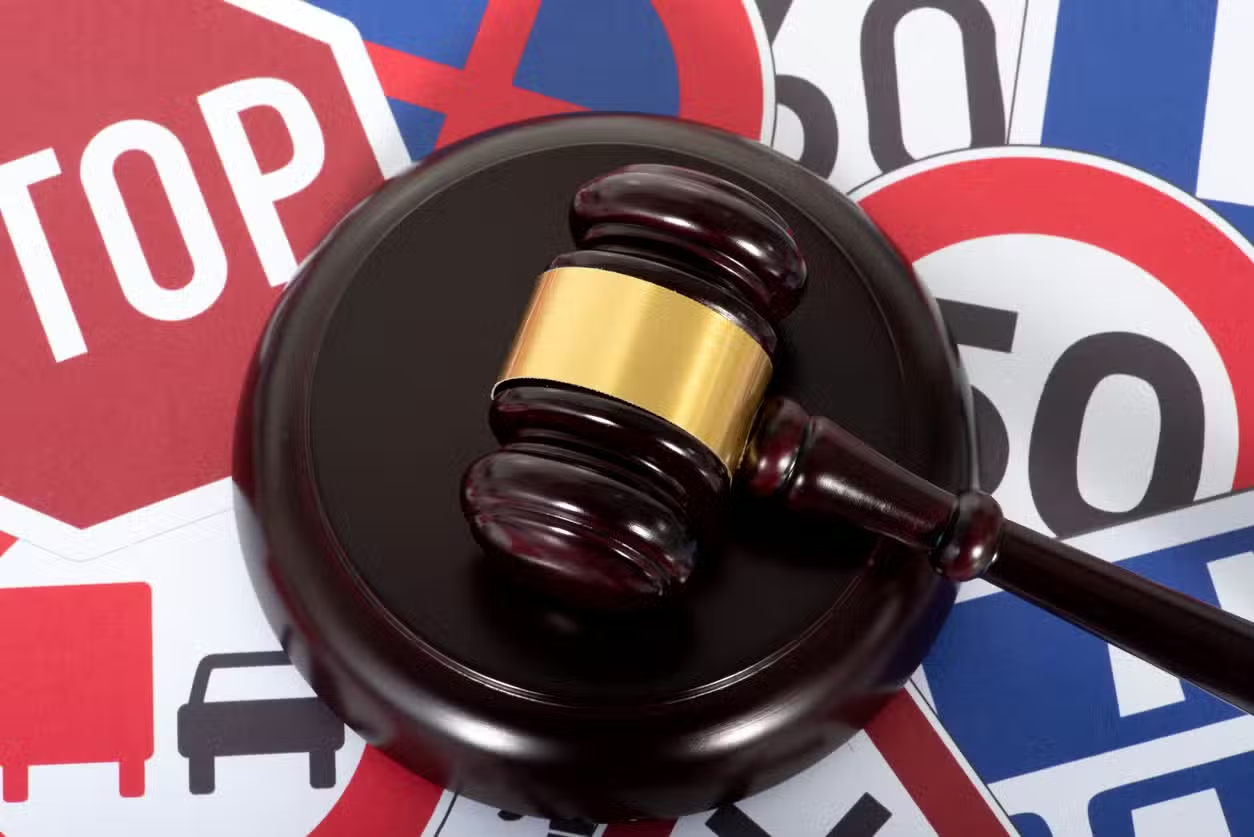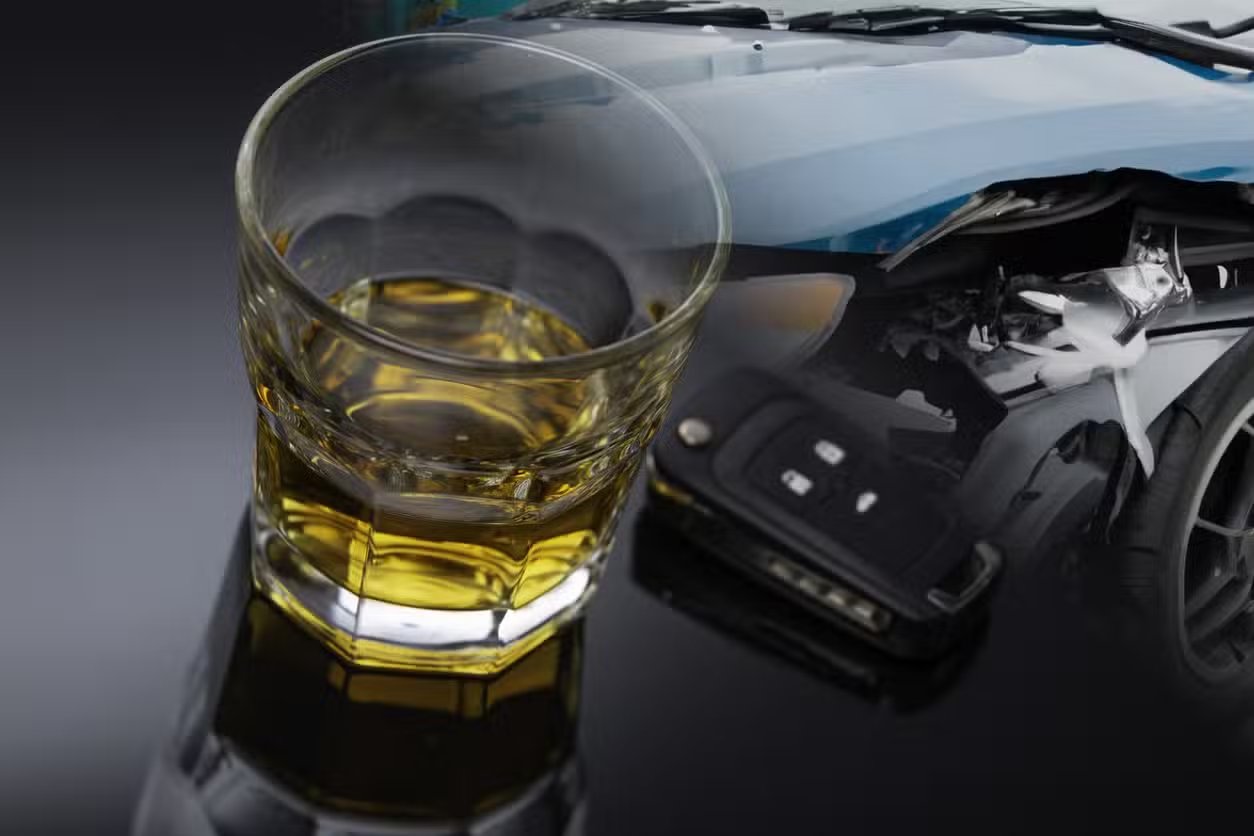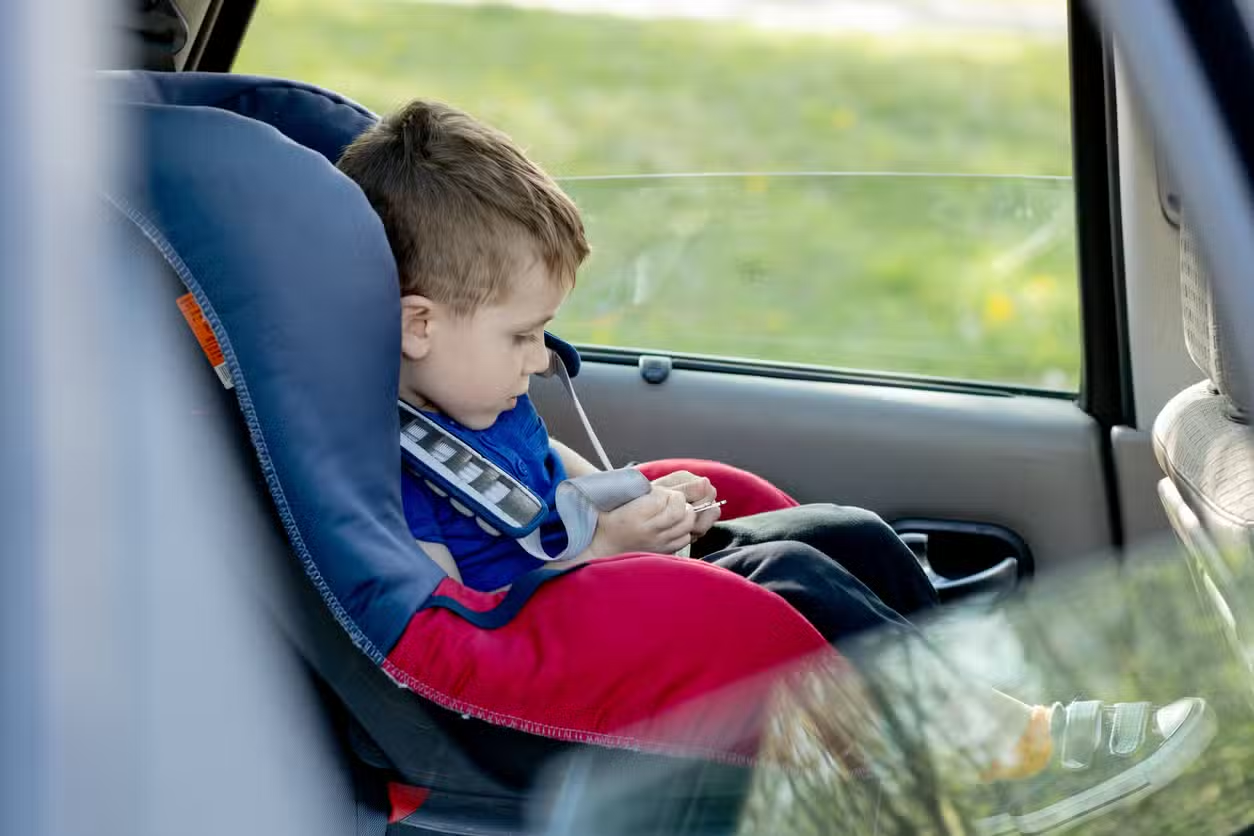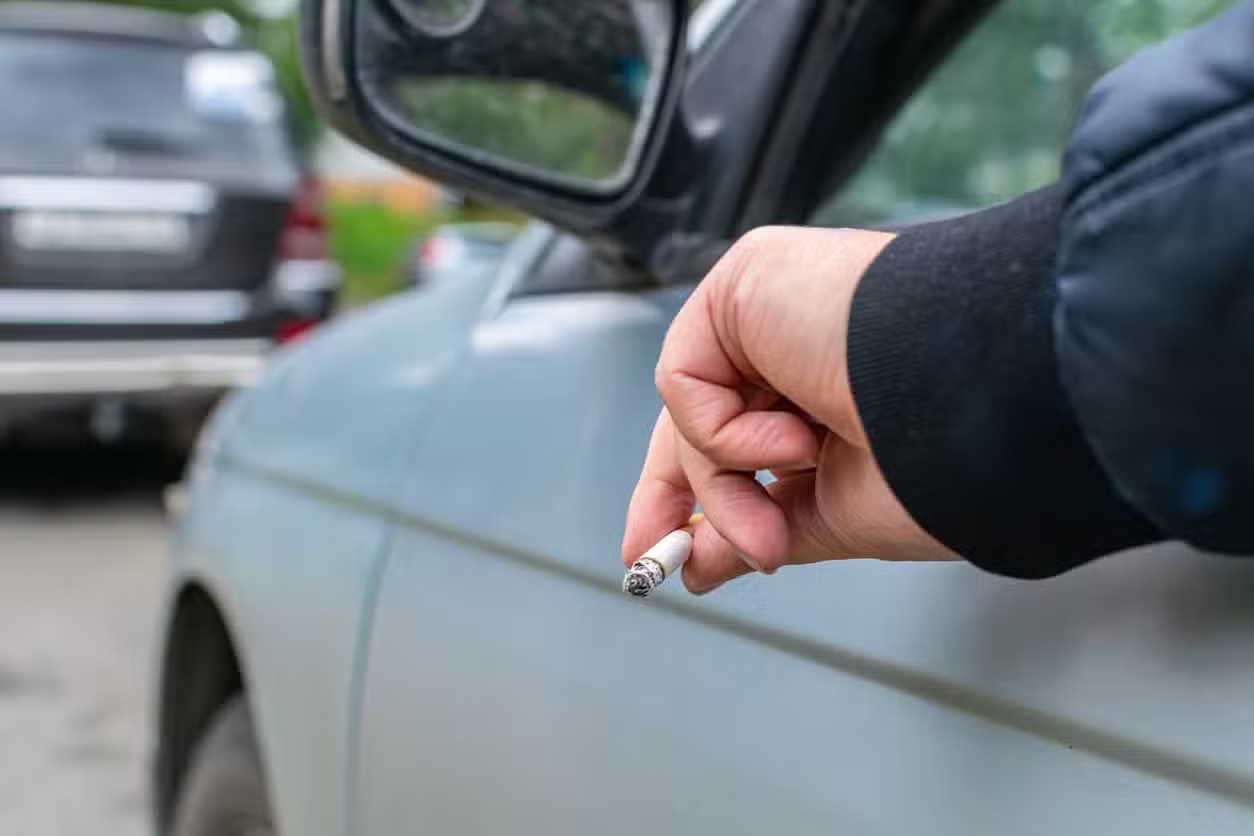Comparative negligence determines how much money you actually receive after a crash when both drivers share fault. Instead of an all-or-nothing rule, most states now reduce your payout by the percentage of blame assigned to you. Understanding how these formulas work—and how to argue the lowest possible fault share—can transform a modest offer into a much larger recovery.
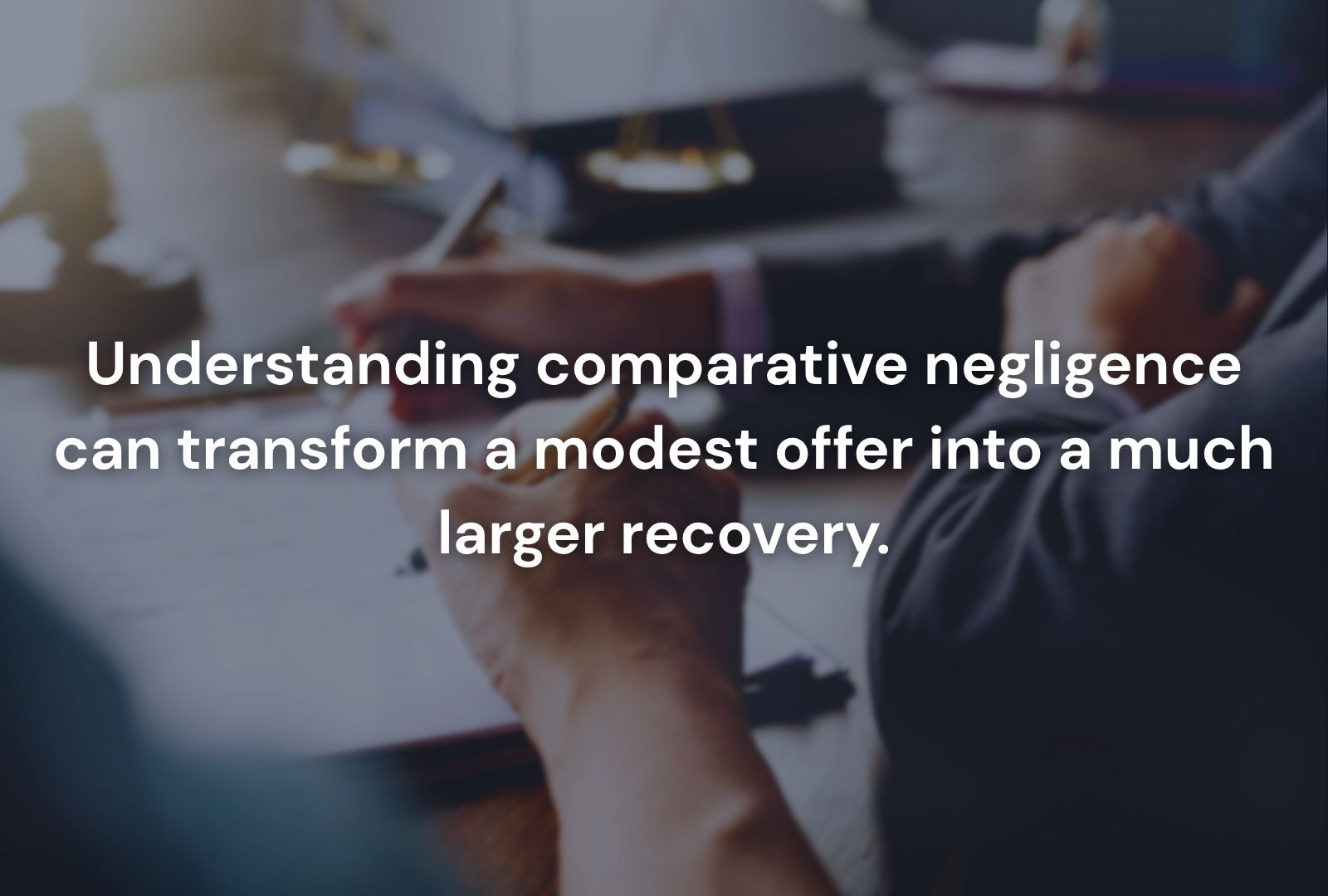
The Two Main Comparative-Negligence Systems
Pure Comparative Negligence
You can recover damages even if you’re 99 % at fault. Your award simply drops by your fault percentage. Example: a $100,000 verdict becomes $1,000 if you’re 99 % to blame.
Modified Comparative Negligence
Most states cap recovery at 49 % or 50 % fault. If your share meets or exceeds the cap, you collect nothing. At 45 % fault you still recover 55 % of damages; at 51 % you get zero.
Action step: Confirm your state’s rule early—the threshold dictates strategy and settlement expectations.

How Insurers Calculate Fault Percentages
Adjusters combine three data sources:
- Police report conclusions on traffic-code violations
- Witness statements describing speeds, signals, and evasive moves
- Physical evidence such as skid marks, impact angles, and event-data-recorder downloads
They assign each driver a percentage that must total 100 %. Challenge any inflated share with concrete counter-evidence.
Evidence That Lowers Your Fault Share
- Dash-cam video proving your brake lights worked and you were within the lane
- Black-box data showing the other driver sped or never braked
- Medical timelines linking injuries directly to the crash, refuting claims of pre-existing conditions
- Road-condition photos demonstrating you reacted reasonably to sudden hazards
Gather this proof within days; evidence fades, and early documentation drives negotiations.
For step-by-step tactics on collecting and presenting fault evidence, revisit Proving Negligence After a Car Accident: A Legal Guide—a blueprint for building irrefutable liability arguments.

Impact on Settlement Math
Sample Scenario
- Total verified damages: $80,000
- Your assigned fault: 20 %
- Net recovery: $80,000 × 0.80 = $64,000
Cutting your share from 20 % to 10 % adds $8,000. Small percentage moves create large dollar swings—why aggressive fault reduction is critical.
Comparative Negligence in Multi-Vehicle Crashes
When three or more cars collide, insurers juggle multiple percentages. If Car A is 60 %, Car B 30 %, and you 10 %, you can collect 90 % of damages from the others—often splitting liability according to each party’s share. Multi-carrier coordination is complex; experienced counsel ensures no policy is overlooked.
Common Adjuster Arguments and Countermoves
“You were speeding too.”
To counter this claim quickly, provide Event Data Recorder (EDR) or GPS logs from your vehicle. These tools can verify your exact speed at the time of the accident and show you were driving within the legal limit.
“You delayed medical care.”
Insurance adjusters may argue that delaying treatment weakens your claim. A strong rebuttal is to submit emergency room timestamps or medical intake records showing you sought care within hours of the collision.
“No witnesses support you.”
If you're told there are no witnesses to back your account, you can still respond effectively. Provide dash-cam footage or try to locate surveillance video from nearby businesses or traffic cameras to support your version of events.
Documented facts beat speculation every time.
When Comparative Fault Threatens Your Claim
If preliminary percentages edge near your state’s bar (e.g., 50 %), hire a seasoned car accident attorney immediately. An attorney can:
- Commission accident-reconstruction experts to shift fault downward
- Depose witnesses under oath to clarify driver behavior
- Present statutory arguments limiting how your actions are interpreted
Early legal intervention often flips marginal cases back into eligible-for-recovery territory.
Linking Fault Reduction to Negligence Fundamentals
The 4 Elements of Negligence in Personal Injury Cases
Understanding duty, breach, causation, and damages solidifies each building block before fault percentages even enter the conversation.
Gross Negligence vs Negligence: What’s the Legal Difference?
If the other driver’s actions rise to gross negligence, you may pursue punitive damages—raising compensation far beyond basic comparative-fault calculations.
Integrating these concepts strengthens your leverage at every negotiation stage.

Key Takeaways
- Comparative negligence reduces your payout by your share of blame; know your state’s pure or modified rule.
- Gathering hard evidence—police data, video, black-box logs—shrinks your fault percentage and boosts dollars.
- Multi-car crashes and borderline percentages require immediate legal help to preserve eligibility.
- Mastering negligence basics and documenting recklessness can override percentage limits with punitive awards.
Leverage these strategies early, and comparative negligence shifts from a hurdle into a manageable factor—ensuring you keep the largest possible share of your rightful compensation.



.avif)




